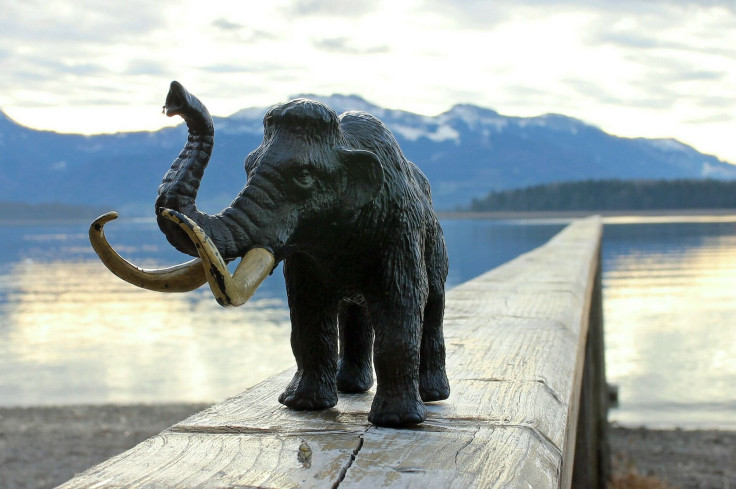How Evolution Killed Mammoths: 4 Cool Facts About Woolly Mammoth Extinction And Whether We Can Bring Them Back

The last woolly mammoth to walk the Earth probably couldn’t smell anything, had translucent hair and suffered an irritated stomach.
That’s according to a new study in PLOS Genetics, which compared the genes of a mammoth that lived during the peak of the species, about 45,000 years ago, to a mammoth that lived during the final stages of its demise, about 4,300 years ago. The findings suggest a devastating and ugly end to a once-powerful animal — negative gene mutations took over due to a mammoth version of inbreeding, as a small number of creatures tried to hang on.
Read: Can Woolly Mammoths Be Brought Back to Life?
The older animal would have lived among a population of about 13,000 mammoths, providing enough genetic variation to keep the species healthy. But the more recent remains came from a mammoth that had only about 300 peers, so negative gene mutations were passed on. “This accumulation of detrimental mutations is consistent with genomic meltdown,” the study says. For one, although woolly mammoths originally had “a stiff outer coat that may have protected animals from cold climates,” the dwindling populations would have had a “satin fur coat.”
Information about how woolly mammoths lived and died is interesting on its own, and it also contains a lesson for today’s scientists who are trying to save endangered species: “The study also offers a warning to conservationists that preserving a small group of isolated animals is not sufficient to stop negative effects of inbreeding and genomic meltdown,” UC Berkeley said in a statement about its researchers’ work.
When mammoths ruled the Earth
Woolly mammoths sometimes seem as old as the dinosaurs, but they are younger than humans. Humans first emerged a couple million years ago in Africa. The woolly mammoth’s ancestors were already hanging out in colder climates, but the animal itself appeared only a few hundred thousand years ago.
Humans saw them at their worst
The study in PLOS Genetics says woolly mammoths had gone extinct on the mainland about 10,000 years ago, or about 8,000 B.C., at which point they persisted only in smaller island populations. Although people existed before that happened, civilization did not develop until afterward. The ancient Sumerians — the group that lived in Mesopotamia, is regarded as the first human civilization and created the first known writing system, cuneiform — date back to only about 4,000 B.C. The ancient Egyptians started building their pyramids in 2630 B.C., almost 1,000 years before the woolly mammoth went completely extinct.
If the new study detailing the gruesome demise of the woolly mammoth is accurate, humans were creating cities as the mammoths were losing their beautiful hair and their sense of smell.
Can we bring them back?
De-extinction or resurrection biology is an idea that involves bringing back species from the dead with the help of cloning. Although dinosaurs wouldn’t be good candidates, because their remains are so old and their DNA so degraded, woolly mammoths have been discussed as a possible contender.
See also:
© Copyright IBTimes 2024. All rights reserved.











